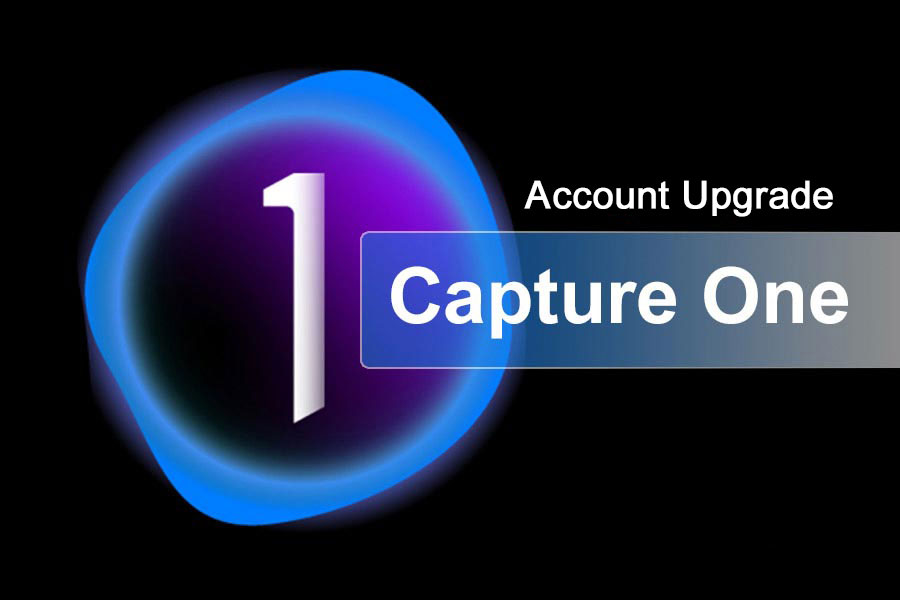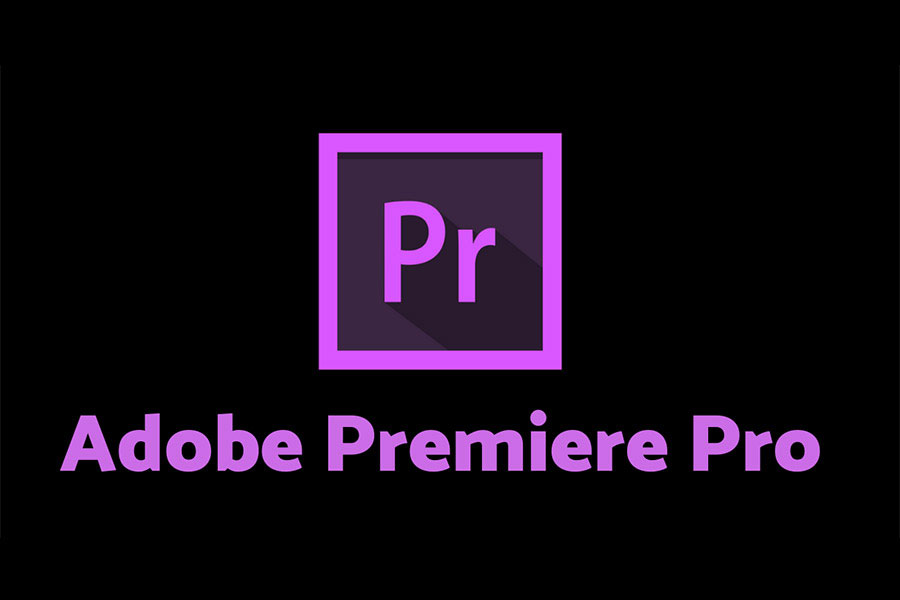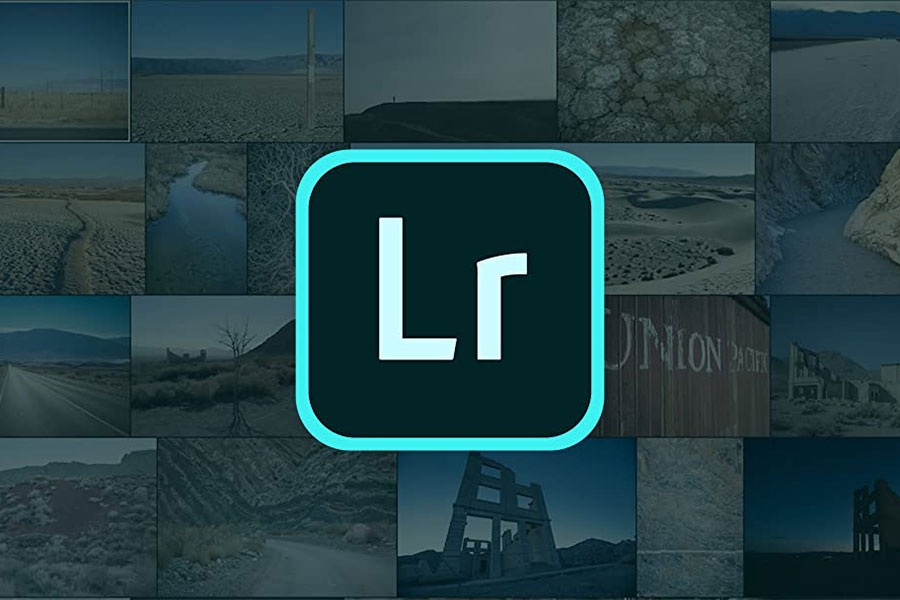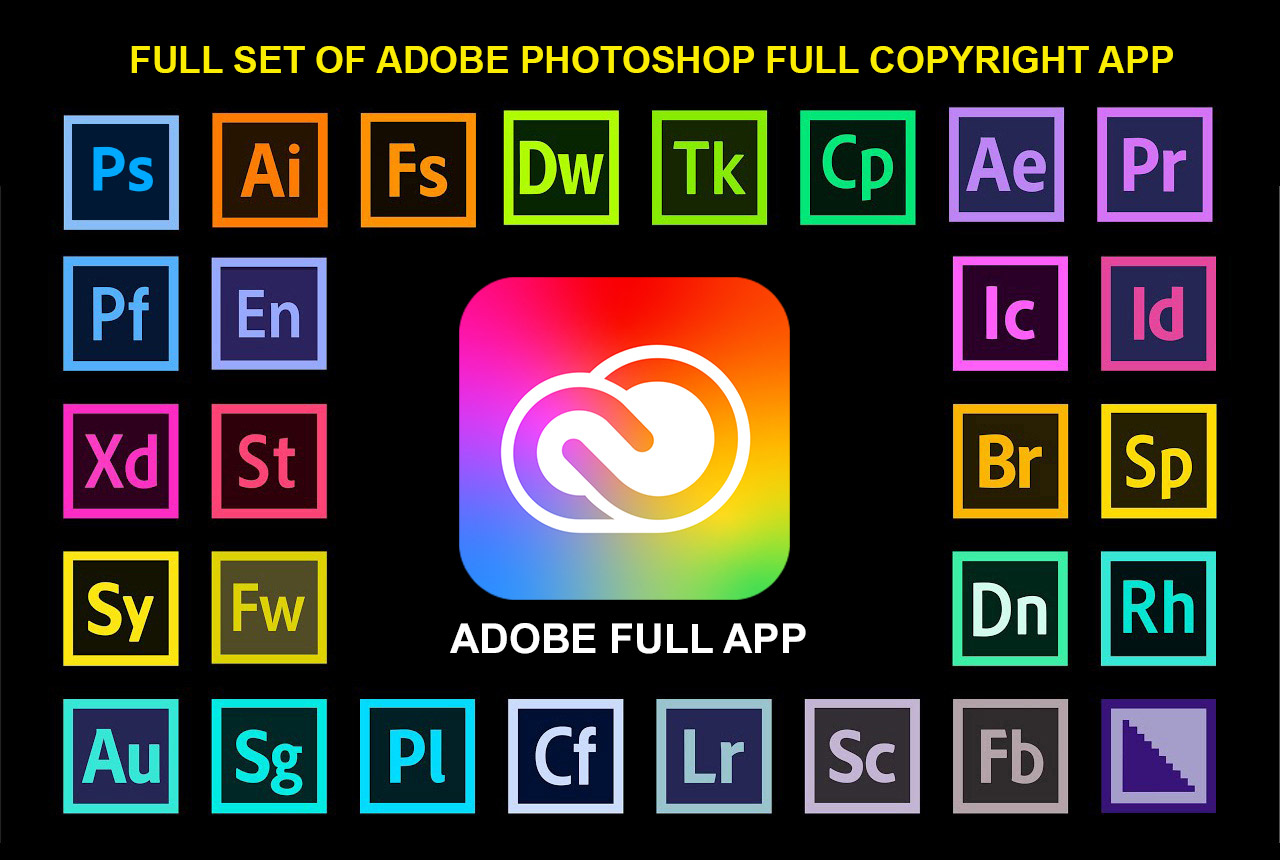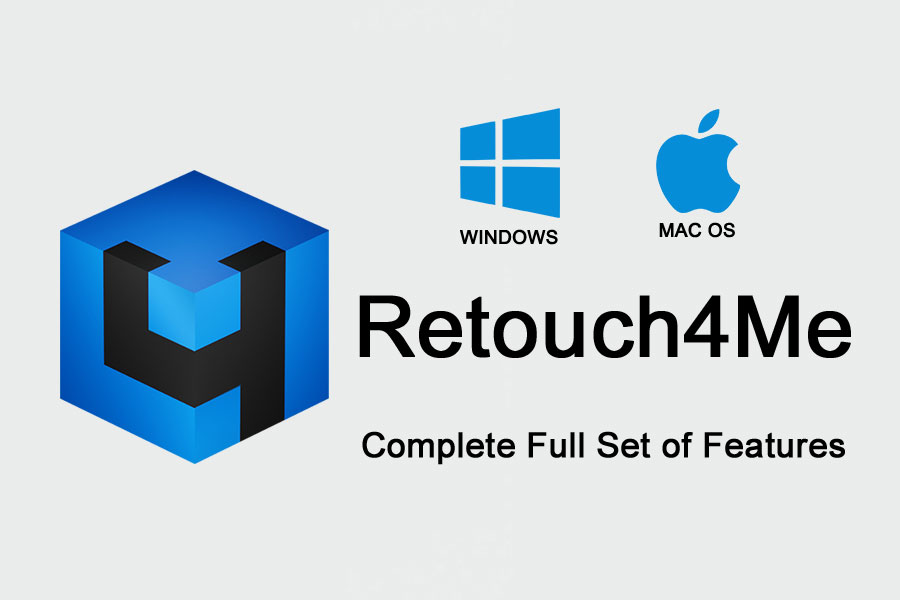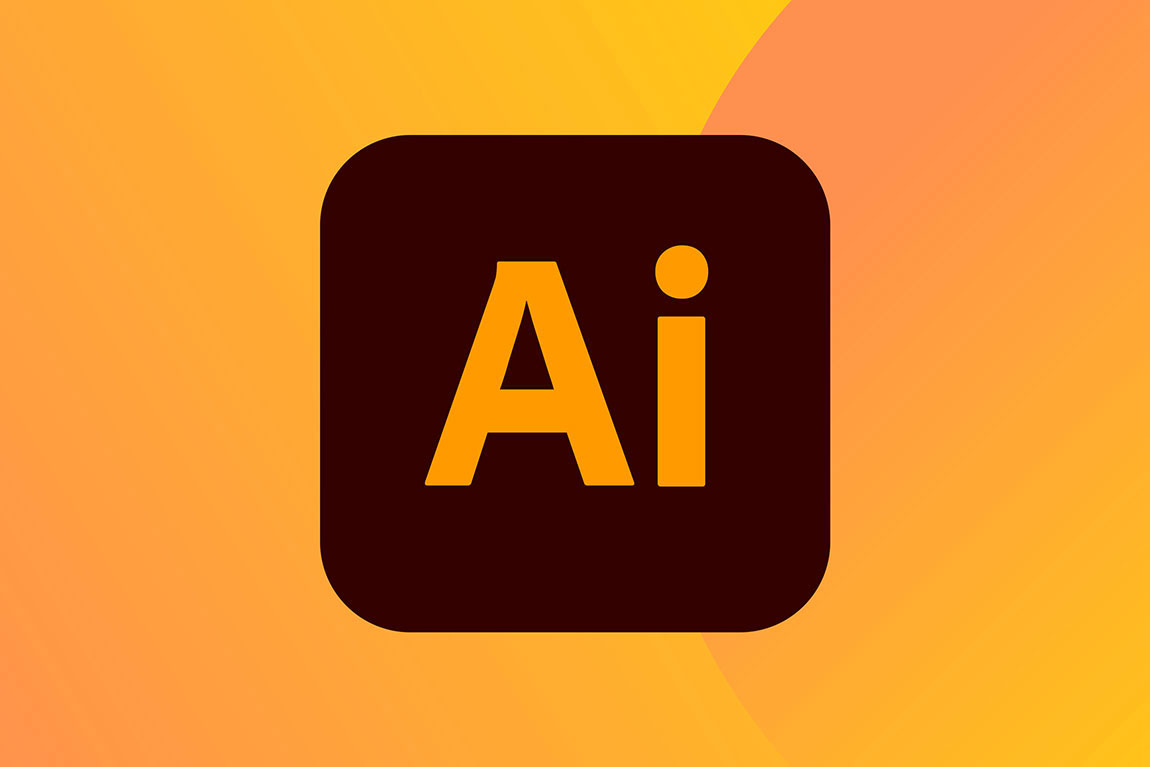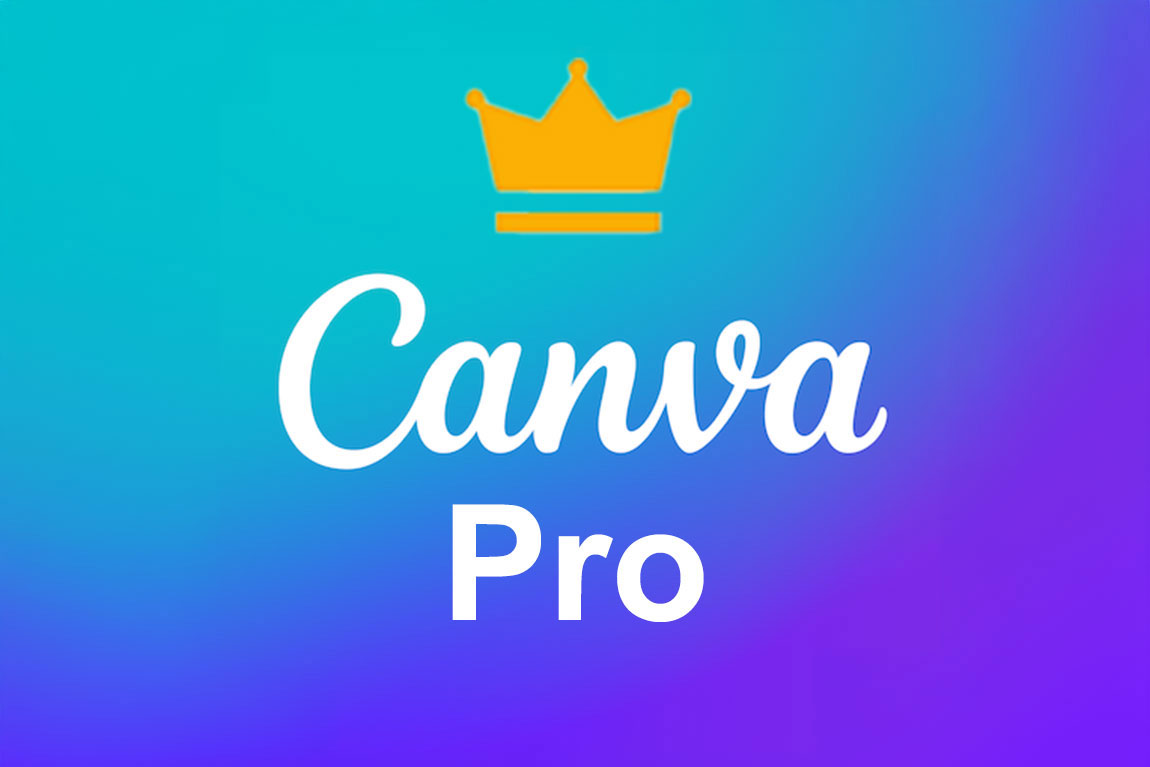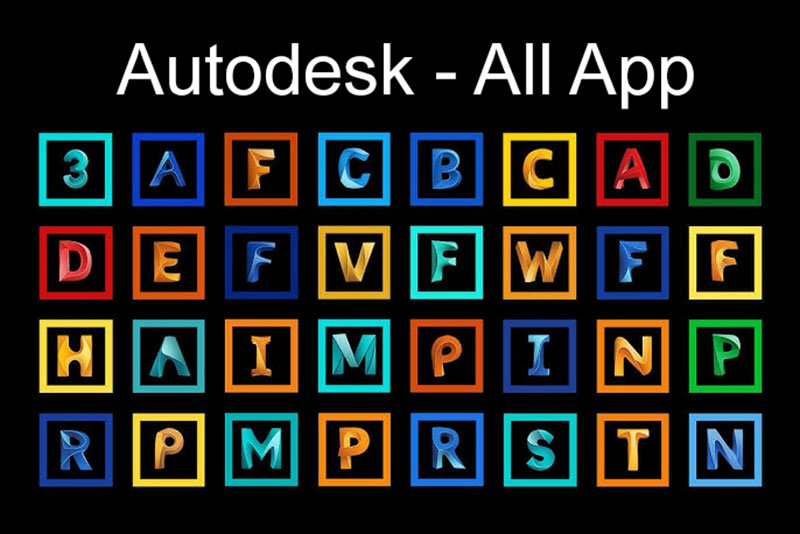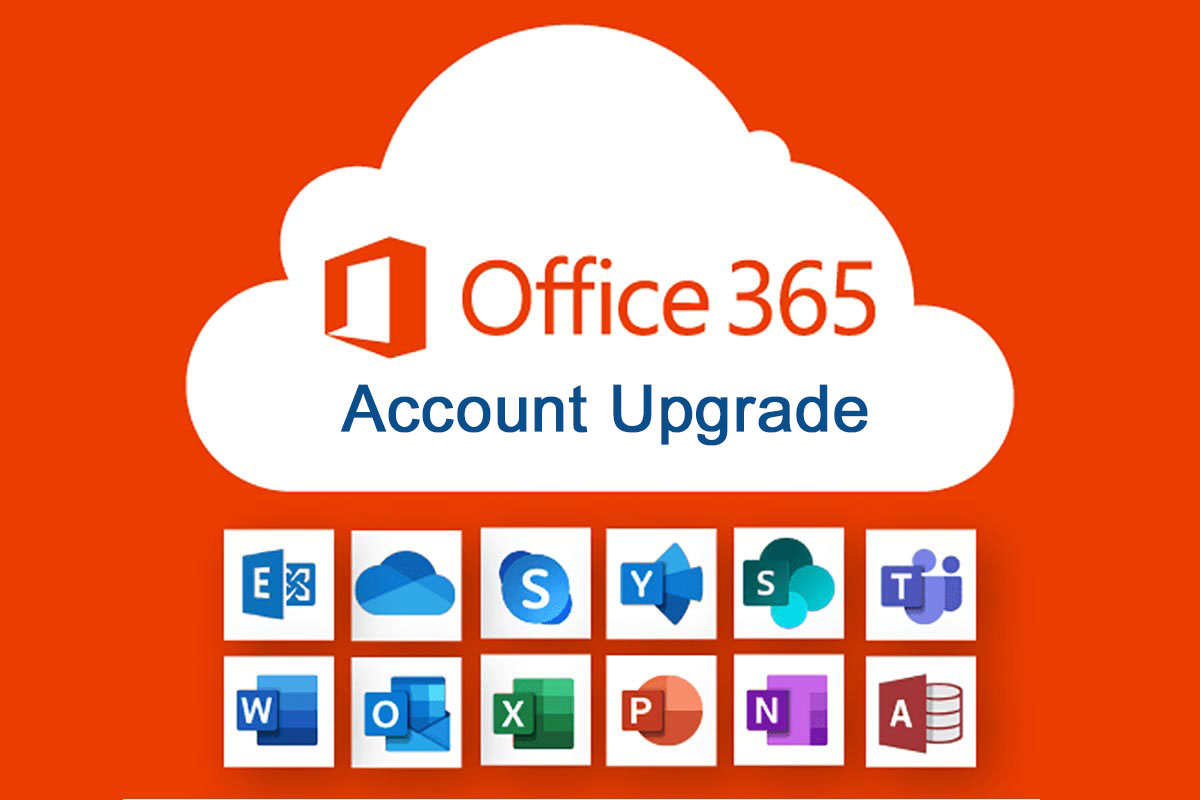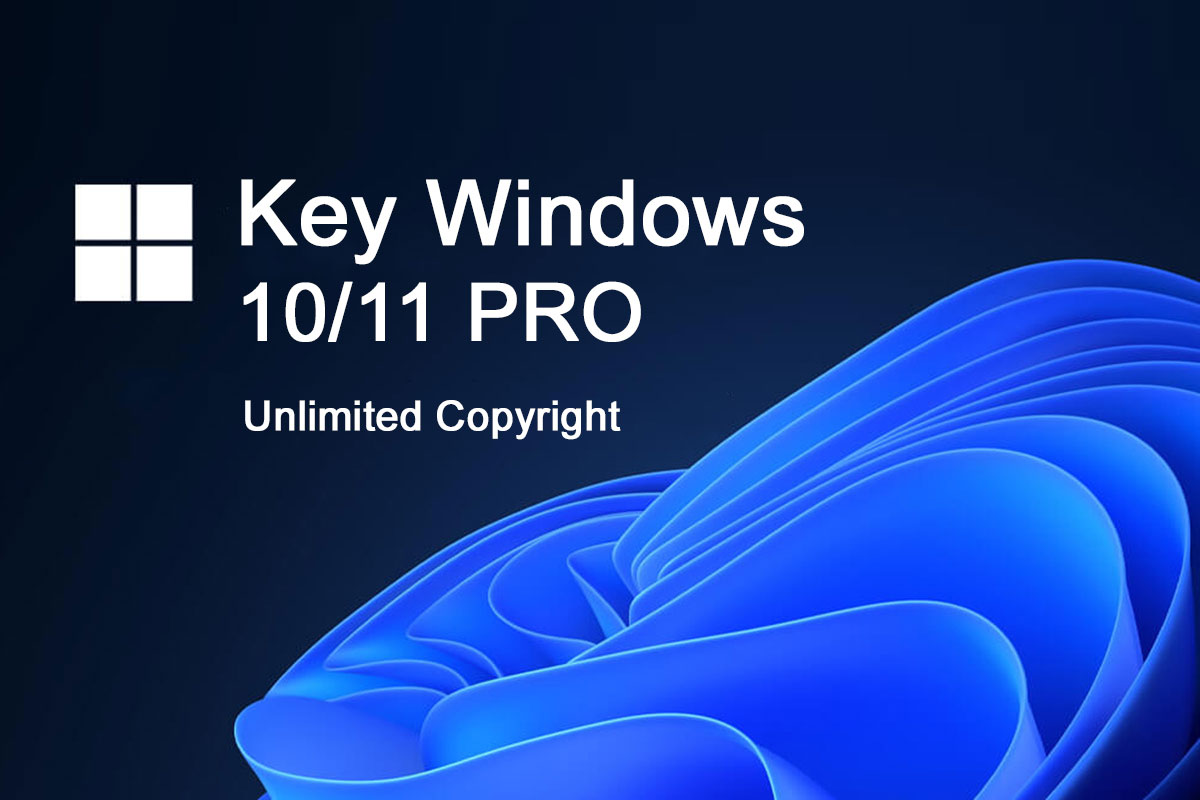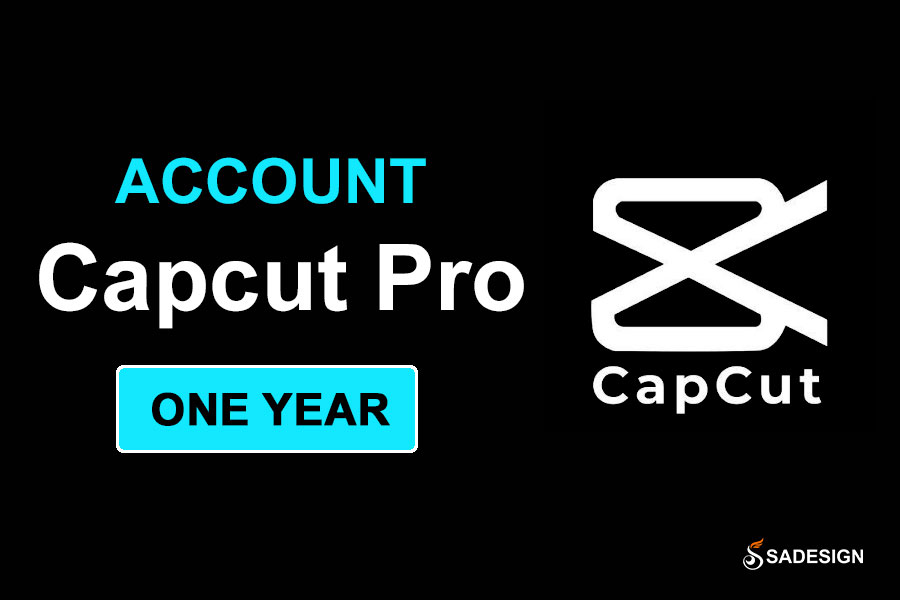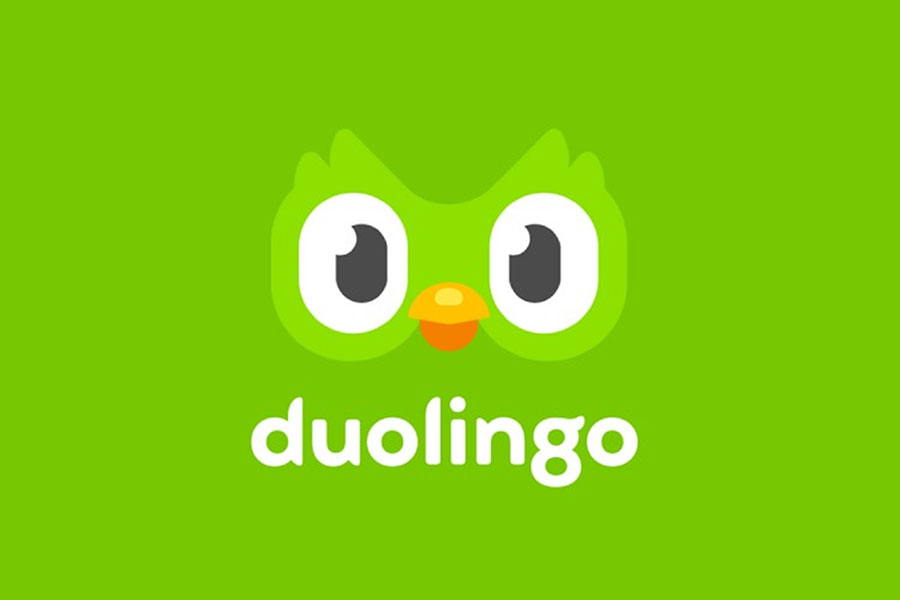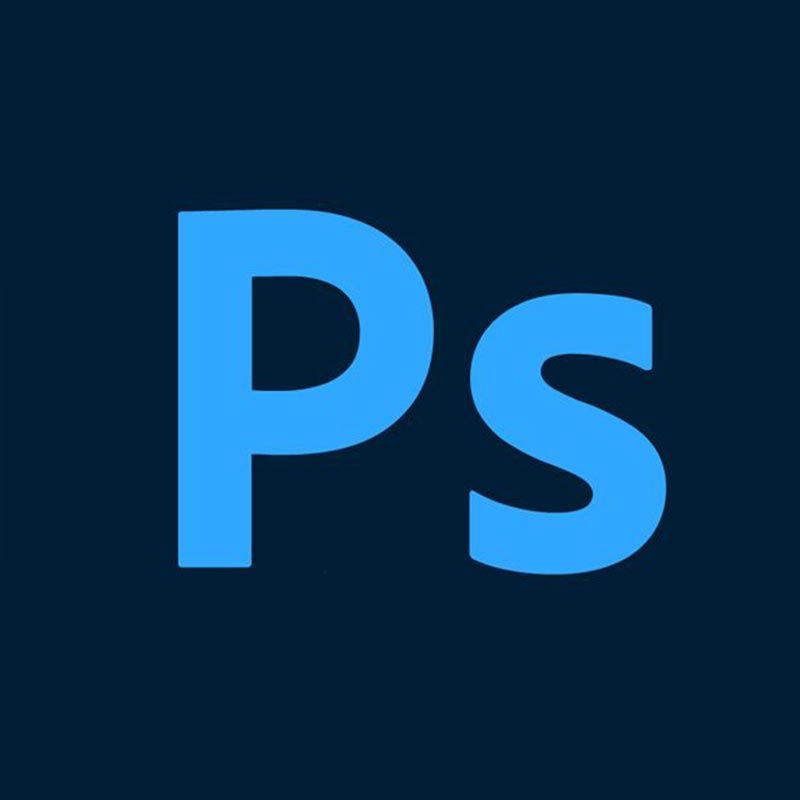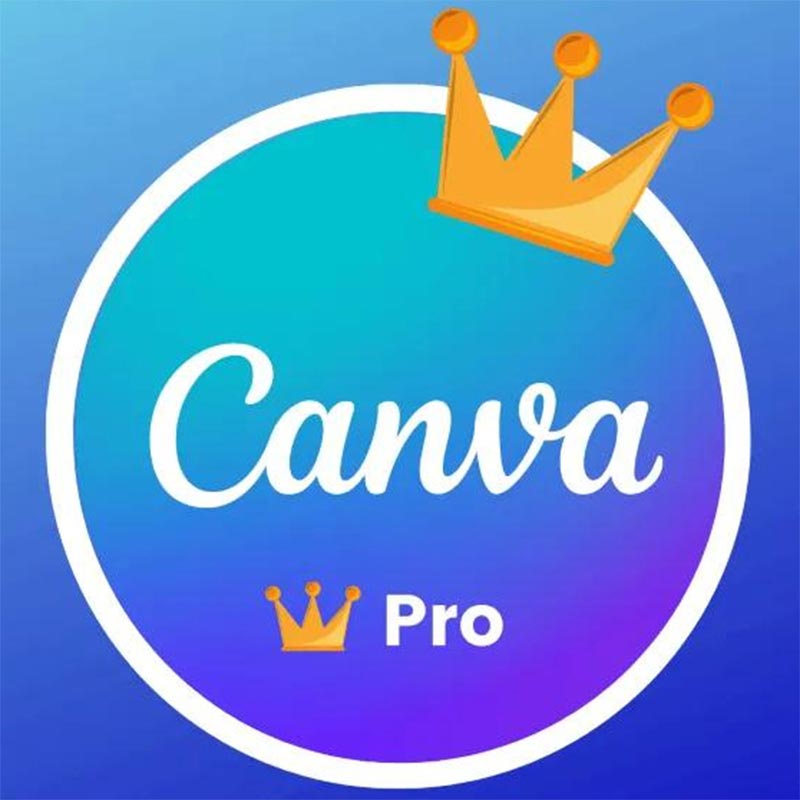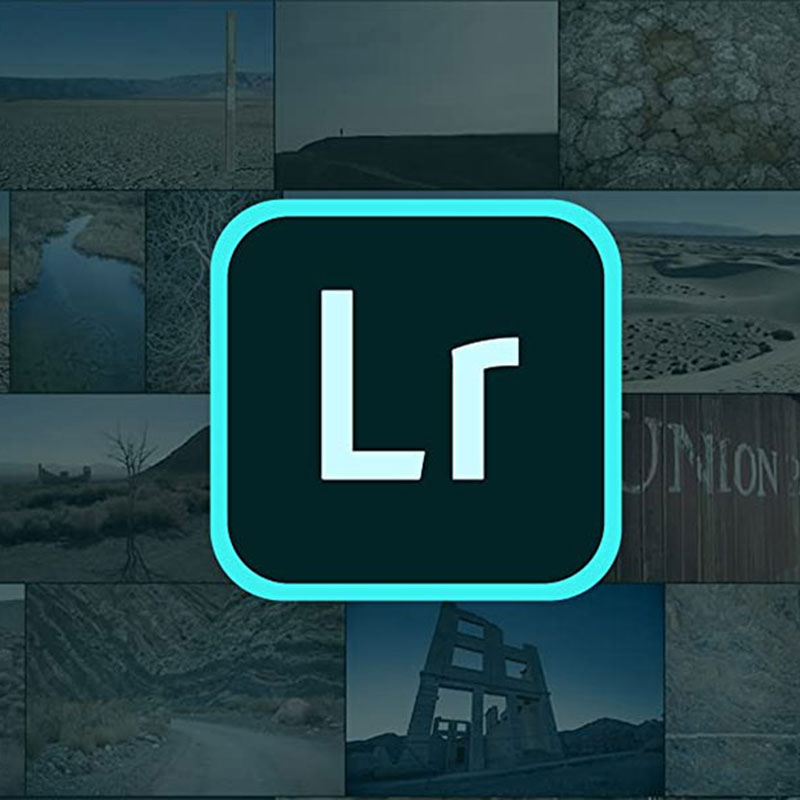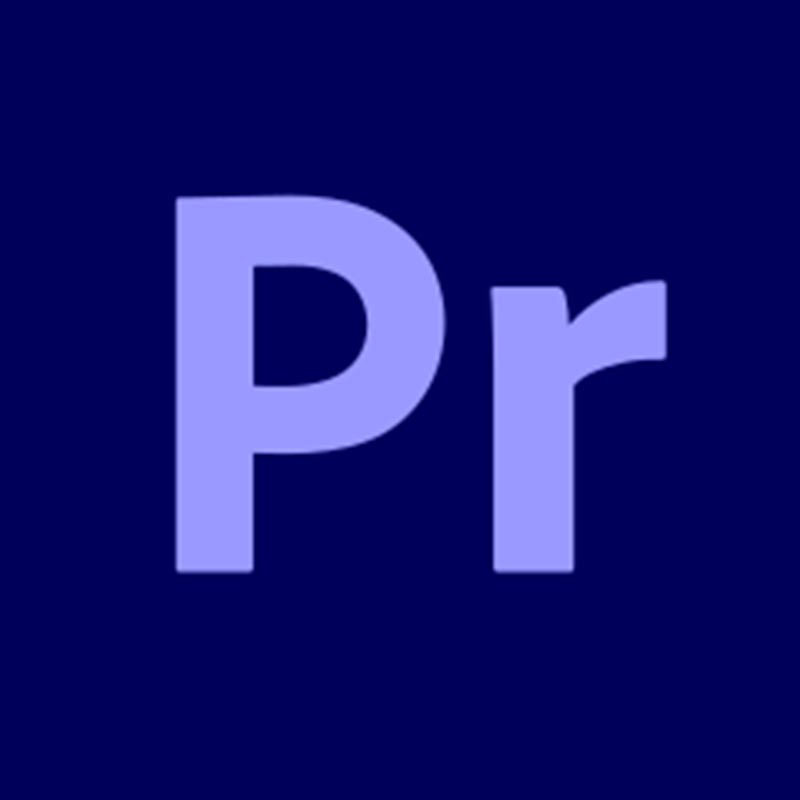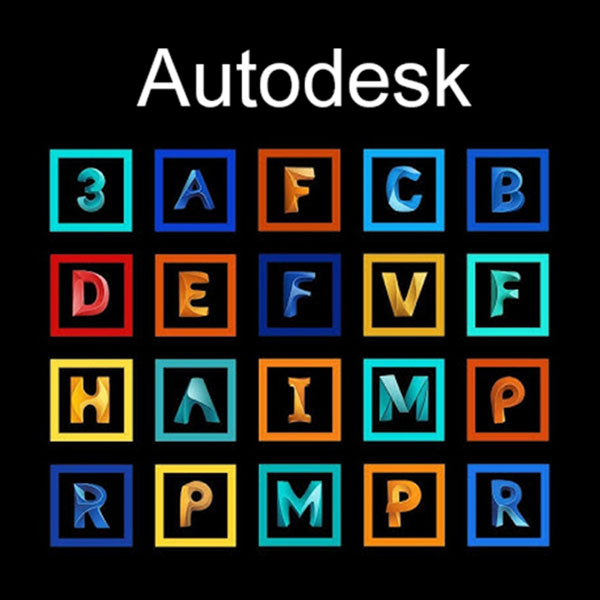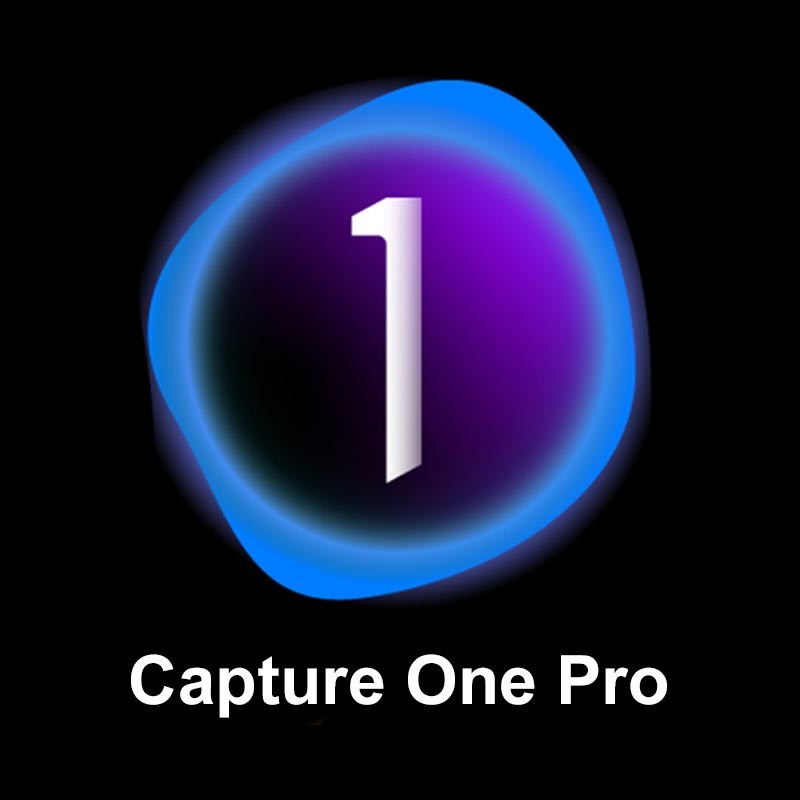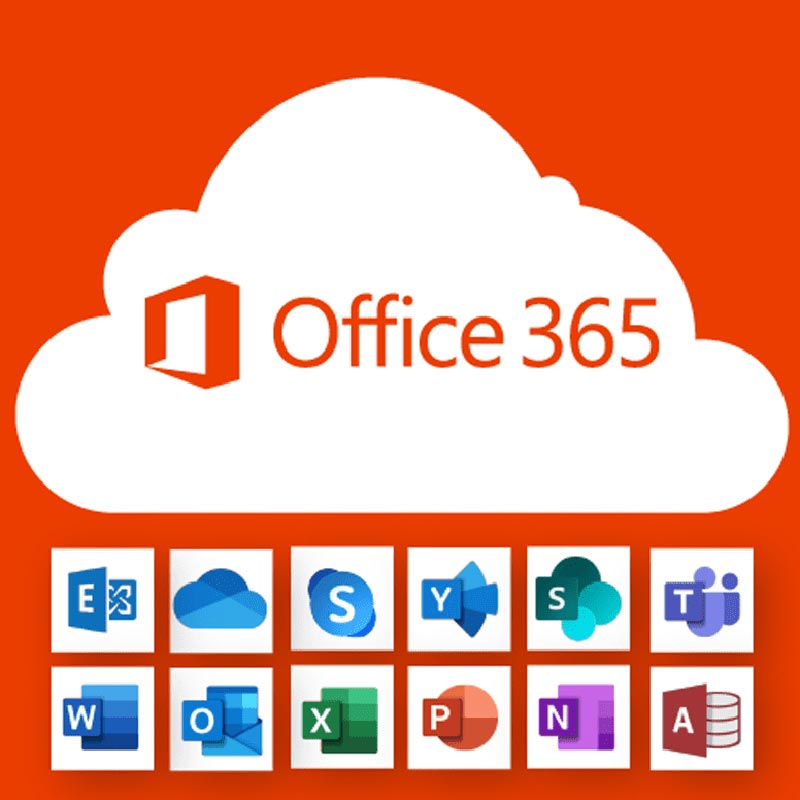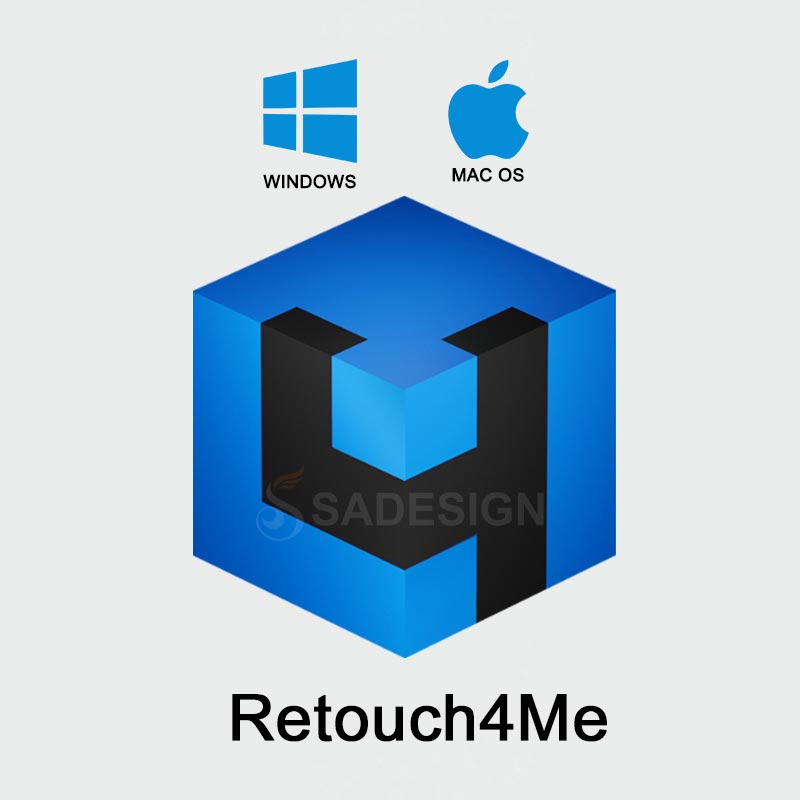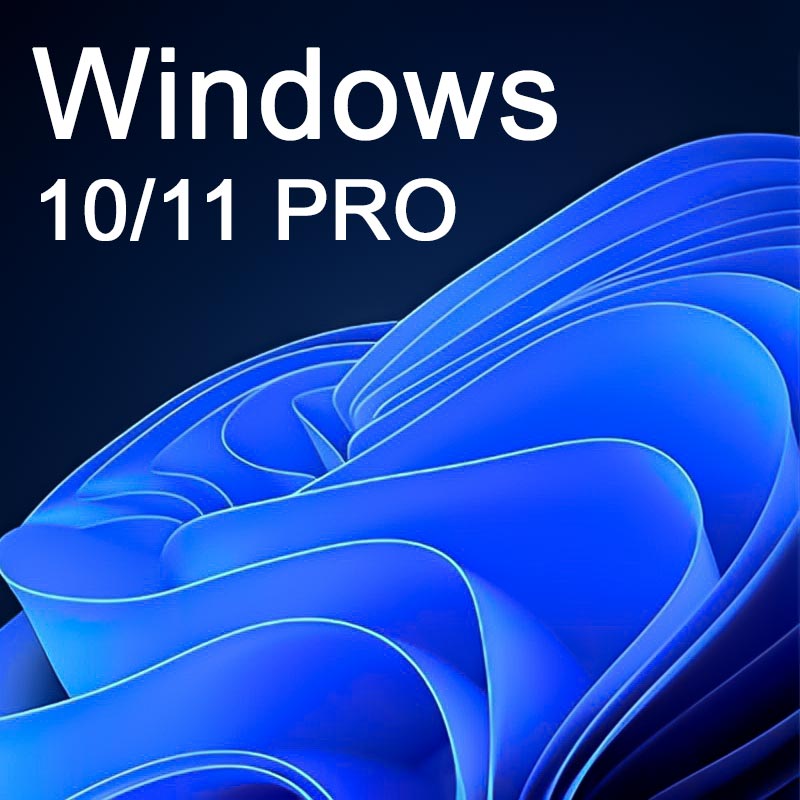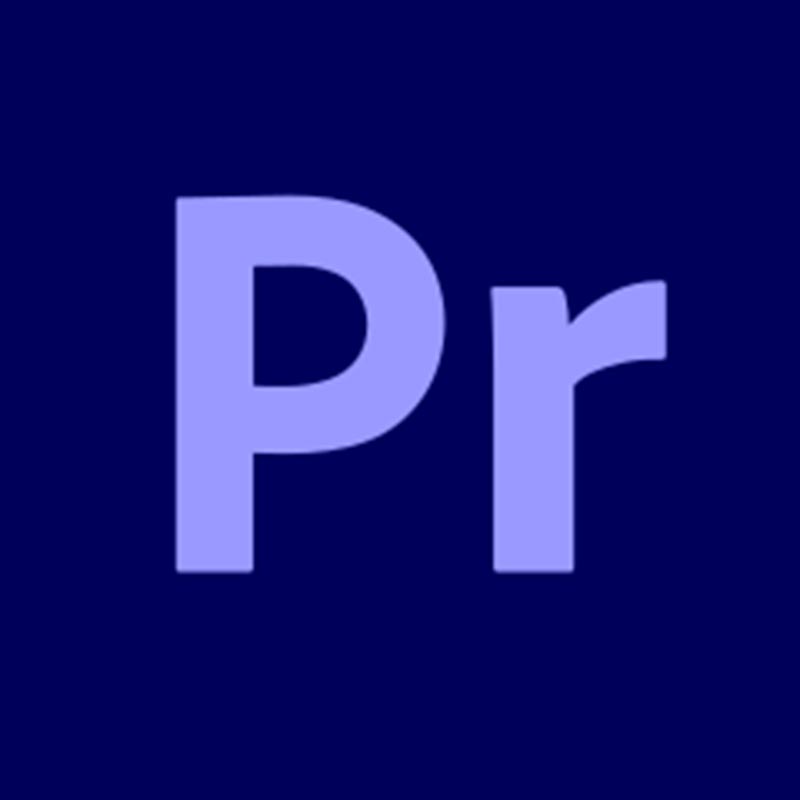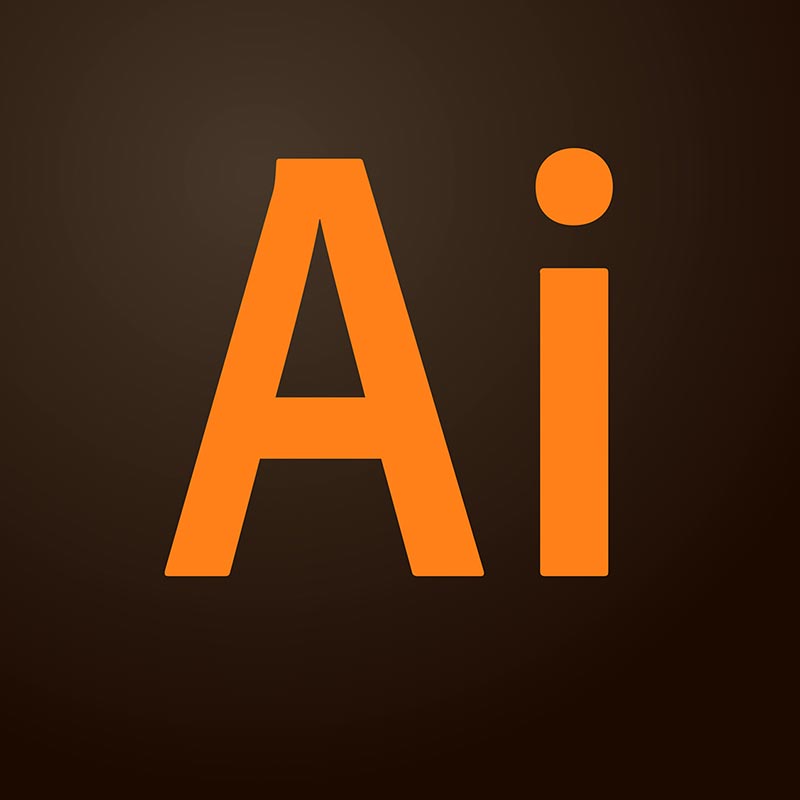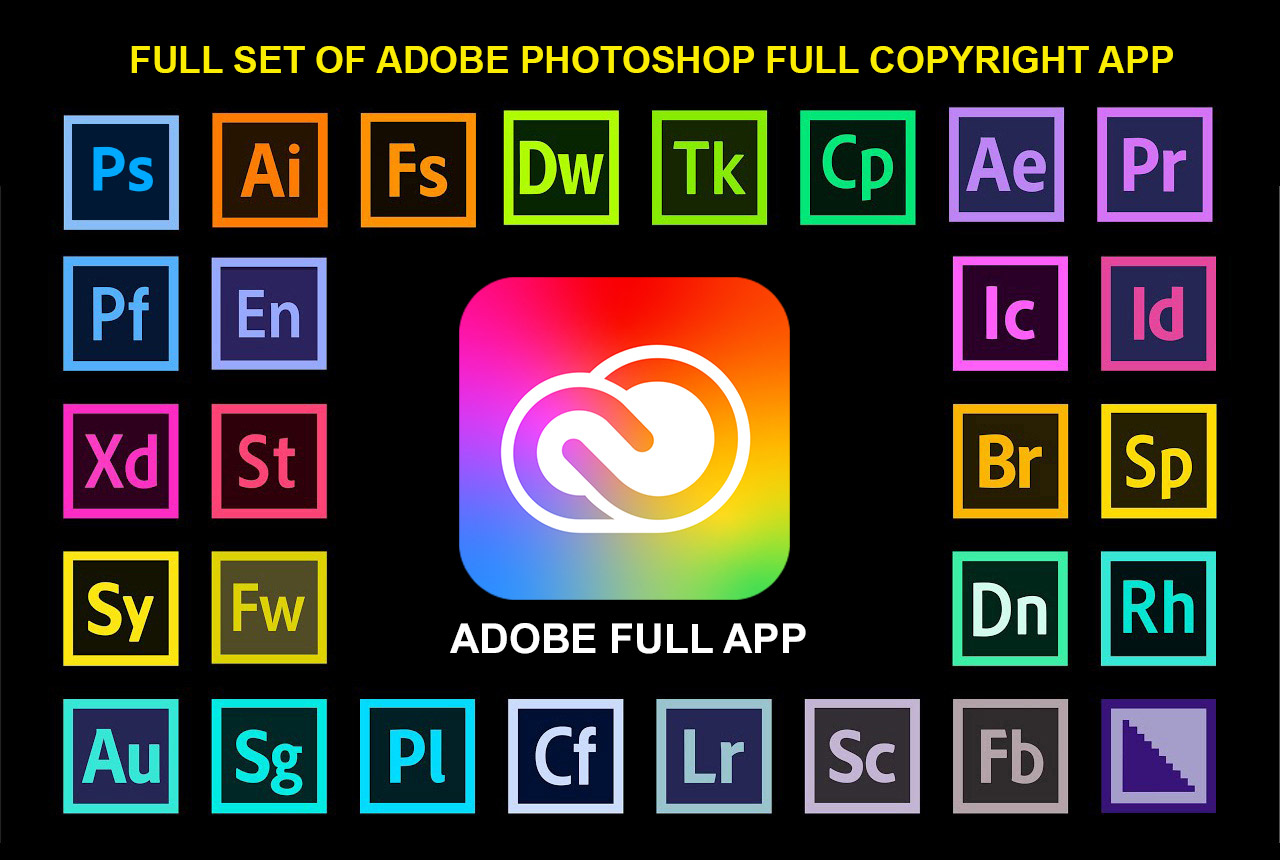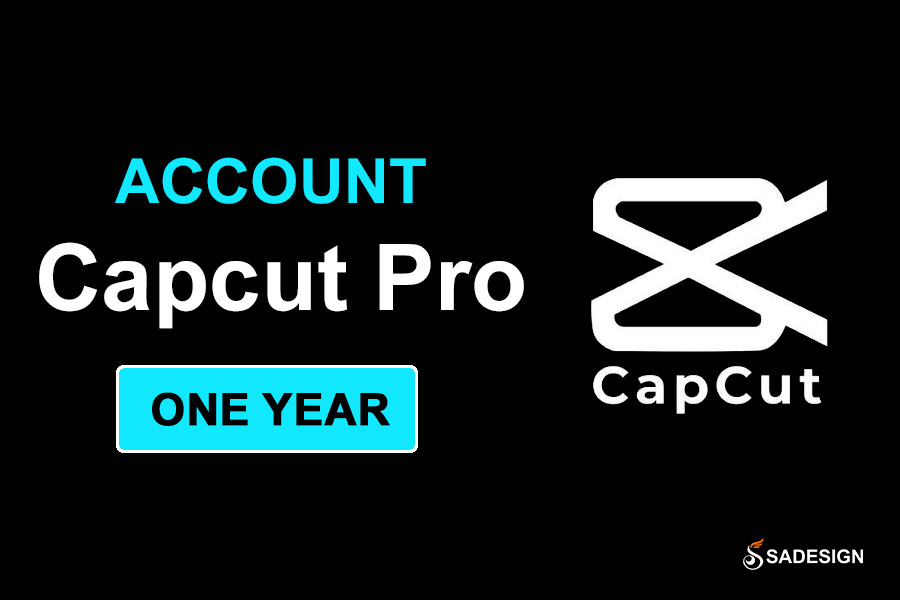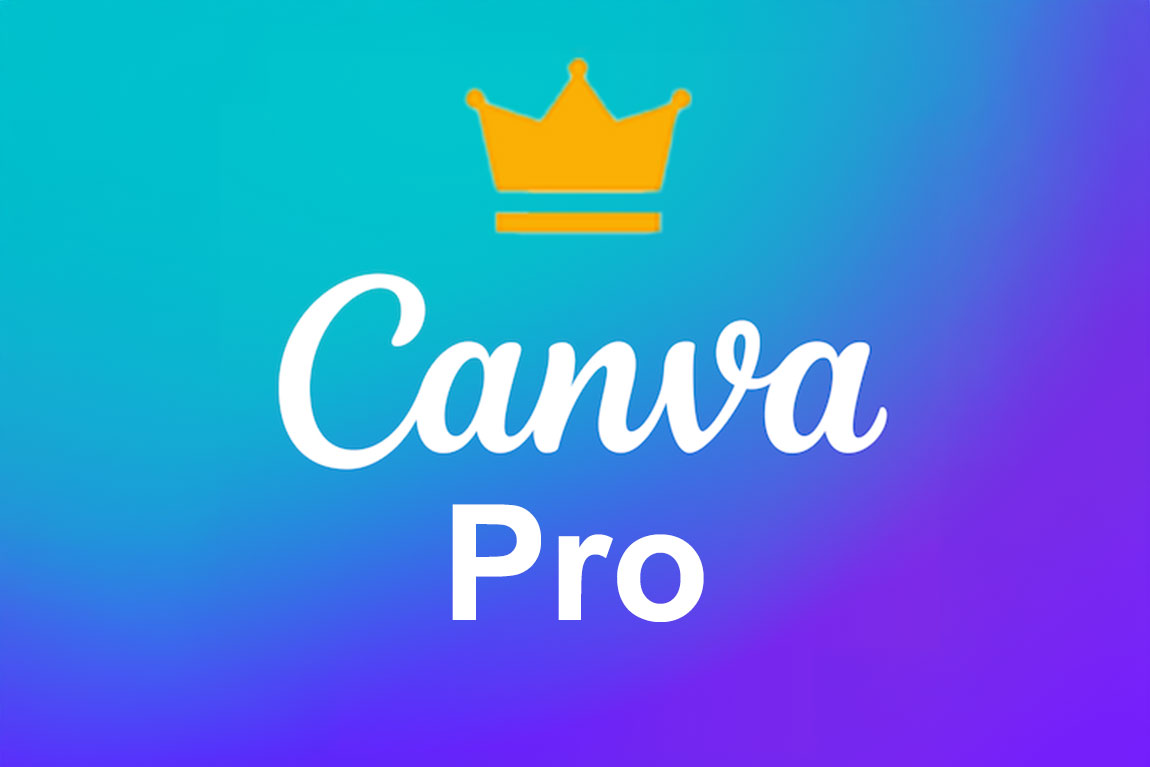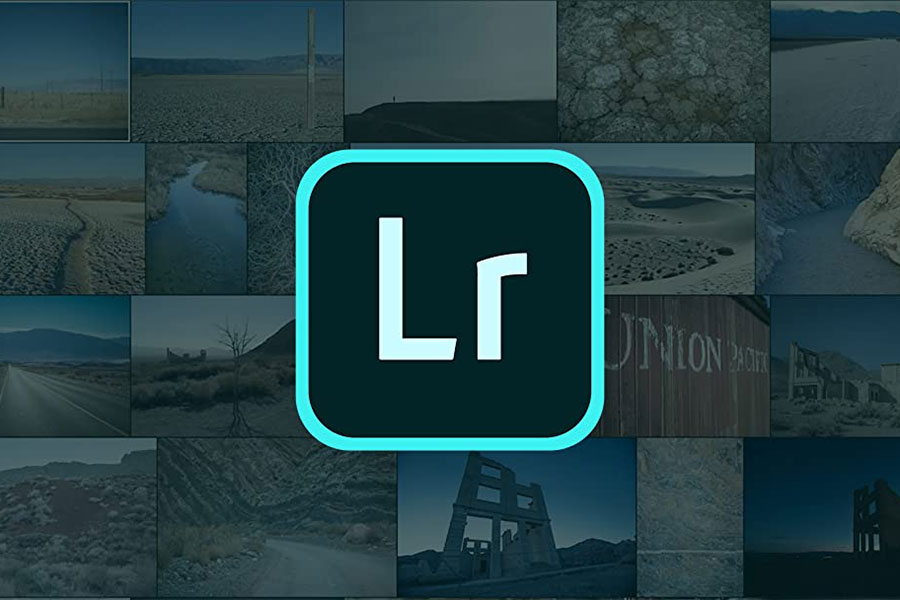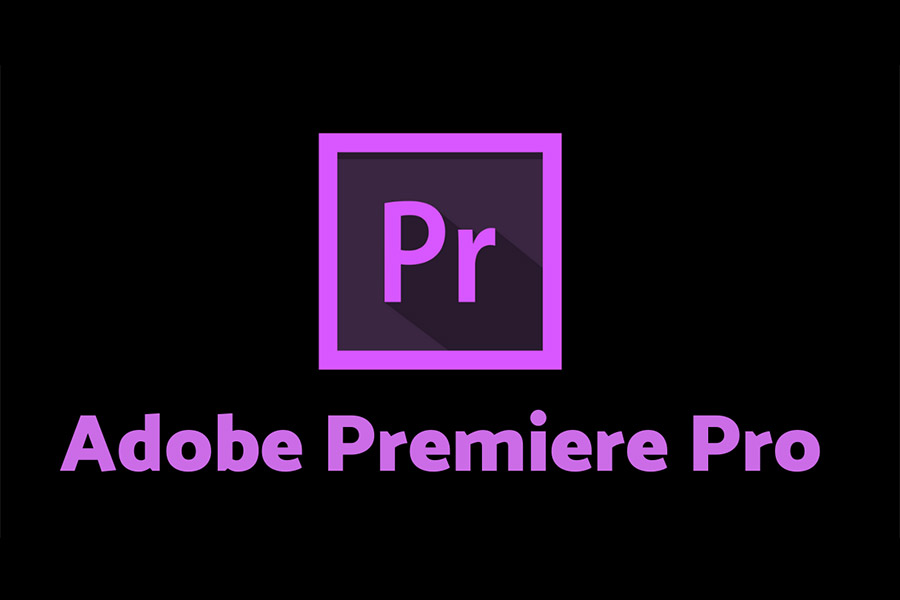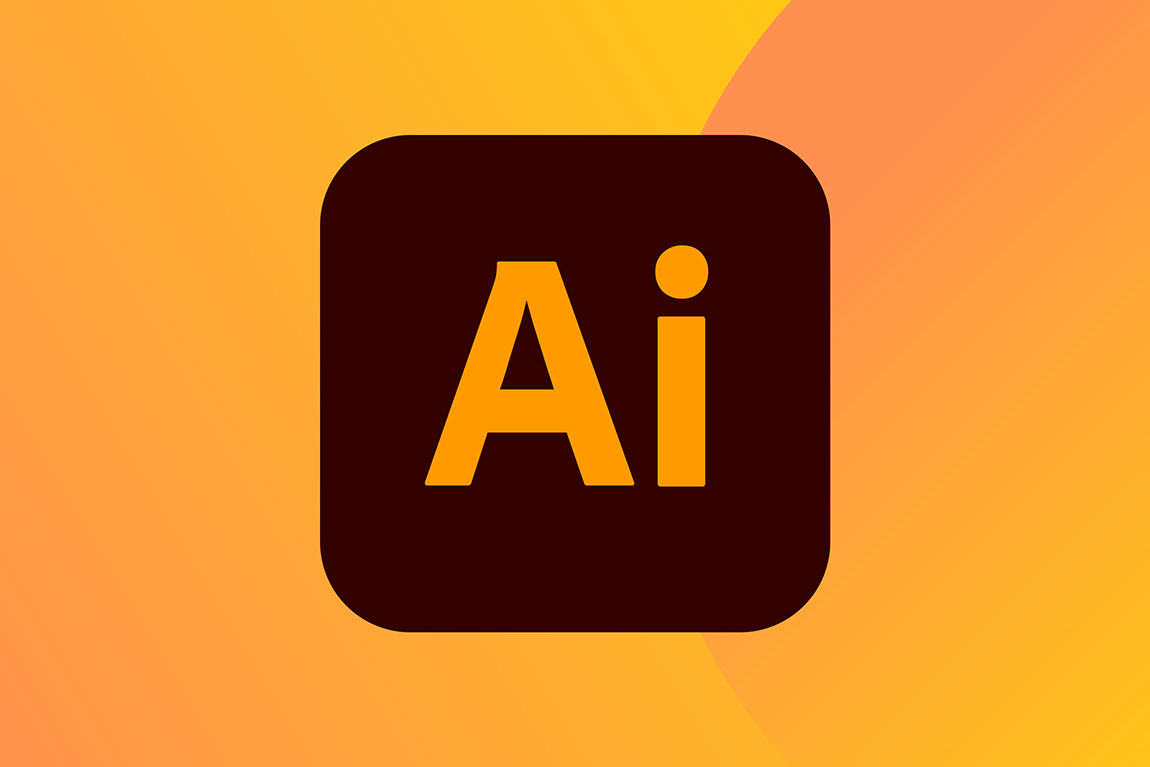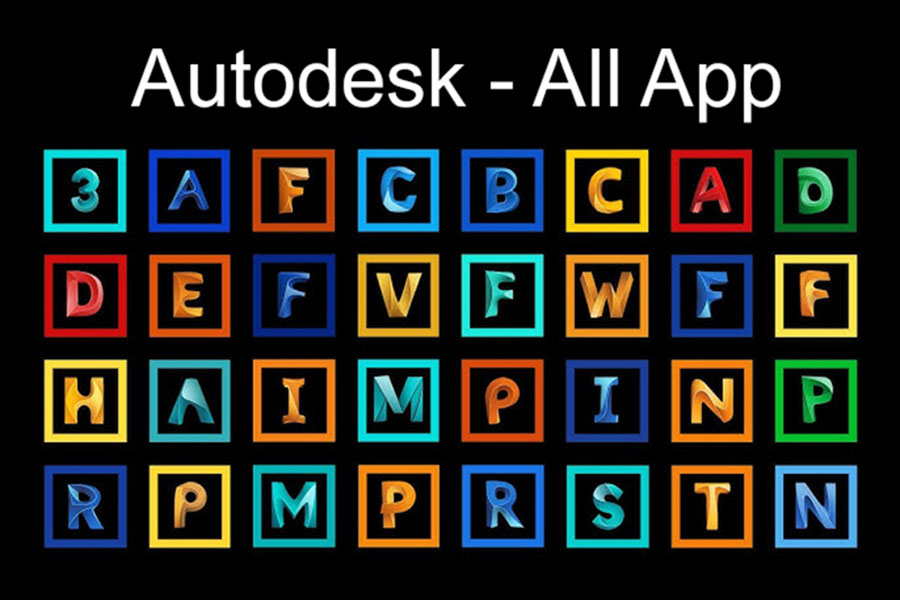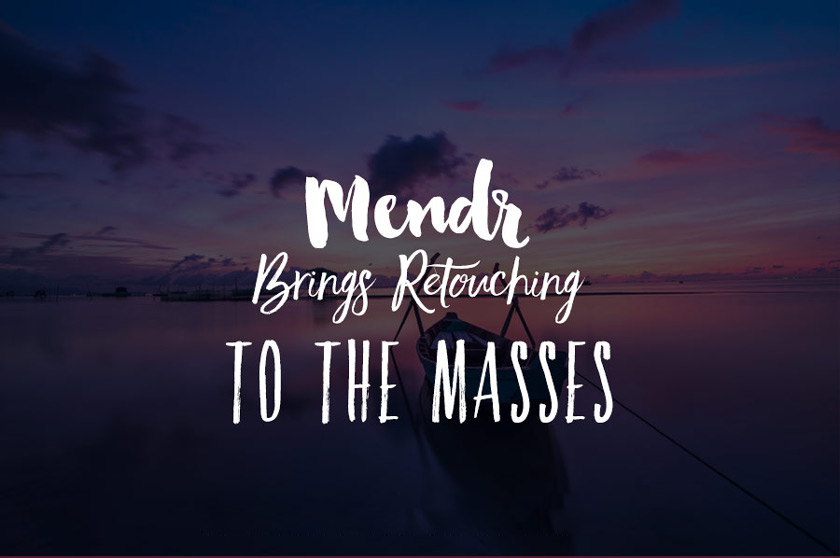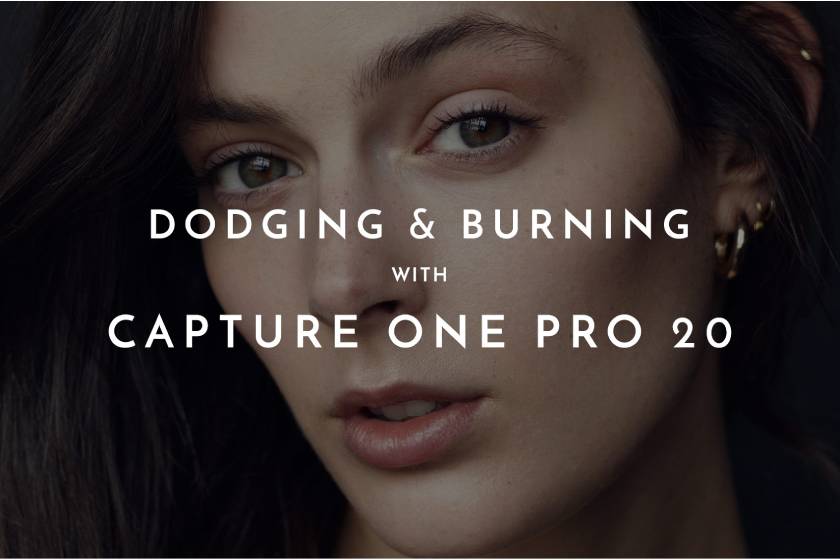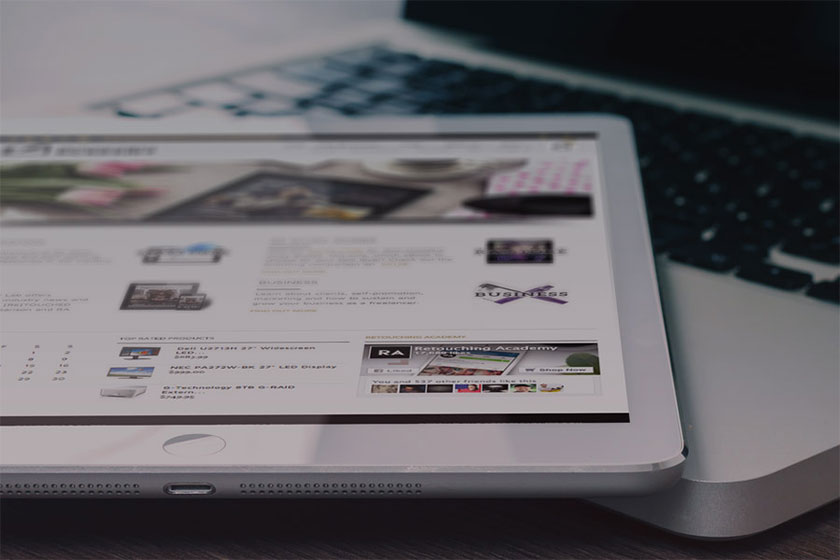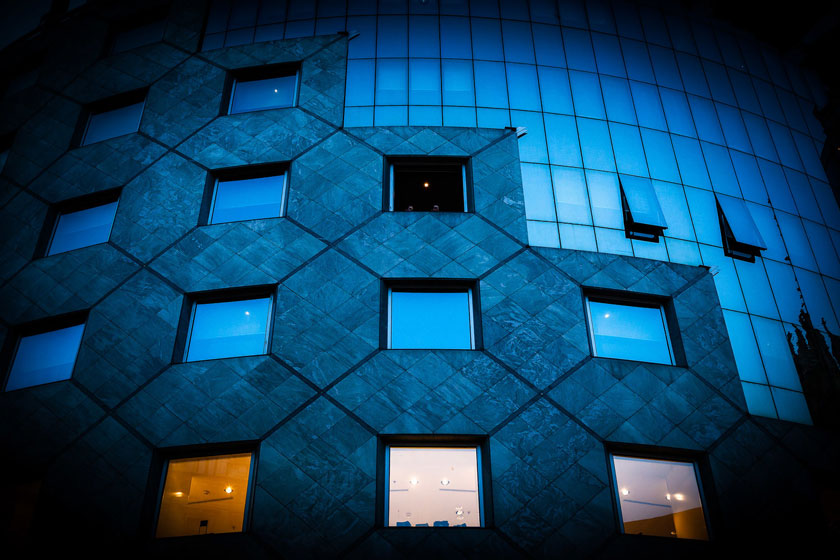Best Selling Products
Tips for maximizing quality for artwork printed on the wall
Nội dung
- The process of making high quality wall printing products
- What is the best way to prepare your digital photos for printing?
- What color spaces, file formats and resolutions are best?
- Which printing process is best to use?
- What types of paper are most commonly used for?
- How do I choose to print with the right budget?
- What is the difference between a screen configuration and a paper profile for printing?
- Are there specific steps for creating a black and white print from a digital image?
- Does the operator need to follow any standard procedure for printing?
- Which printing process is best for large-scale prints?
- Recommended maintenance ways for prints?
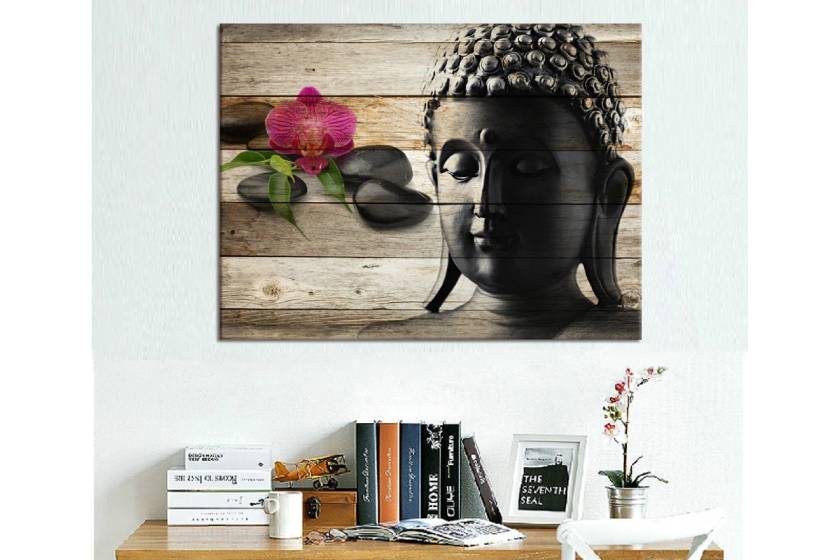
The artwork printed on the wall is of good quality, ensuring aesthetics and artistry will make the space more professional. If you want to learn more about the important factors photographers should keep in mind when ordering high quality prints online, check out the article below.
 artwork printed on the wall
artwork printed on the wallThe process of making high quality wall printing products
WhiteWall is a manufacturer of all hand print orders in their Cologne lab and shipped to anywhere in the world. The substrate they showed off at WPPI 2015 was quite impressive - from the original print under acrylic glass and the print on aluminum to the custom frame and HD Metal Printing.
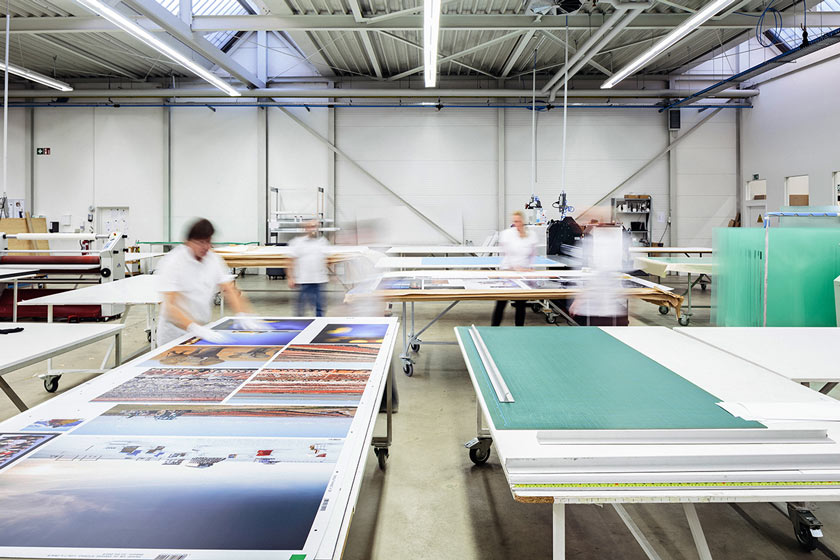 Whitewall has a lot of orders
Whitewall has a lot of ordersMarieke Goethe, Director of Public Relations at WhiteWall, who provided some helpful tips on paper selection, calibration and other ways in which one can maximize the quality of every print they make. Order online.
Watch the short video: https://youtu.be/LjyUB_yu4cA provided a look inside the facility and how every step of the production process is carefully managed the old way ... by hand.
[embed]https://youtu.be/LjyUB_yu4cA[/embed]What is the best way to prepare your digital photos for printing?
As long as the resolution is high enough for the desired dimensions, the file doesn't need to be prepared in any special way. At WhiteWall, it is always easy for customers. They can even produce any image with the exact custom dimensions.
This means, unlike other services, you don't have to crop your images into standard formats. That's a huge advantage because you can use an entire photo without trying to edit it into the usual predefined formats.
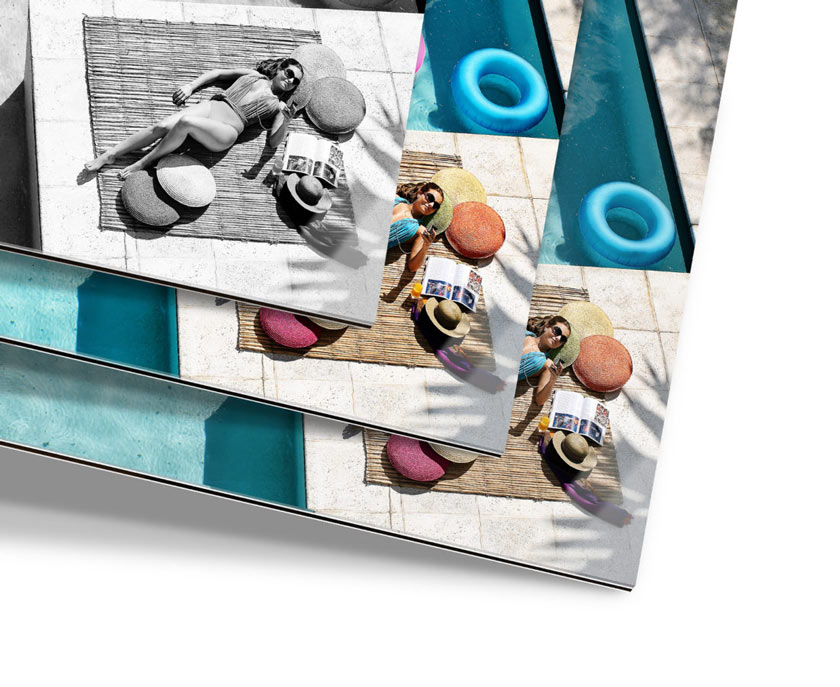 prepare images for print
prepare images for printWhat color spaces, file formats and resolutions are best?
WhiteWall can work with JPG and TIFF. However, they should be 300DPI and 8-bit, RGB or CMYK. If there is no color profile attached then they assume the files are in sRGB profile. For grayscale images, they use GrayGamma 2.2.
WhiteWall is based on the maximum print size on the number of megapixels. In general, the more megapixels, the larger the photo you can print. All files must be at least 4 megapixels and no more than 250 megapixels.
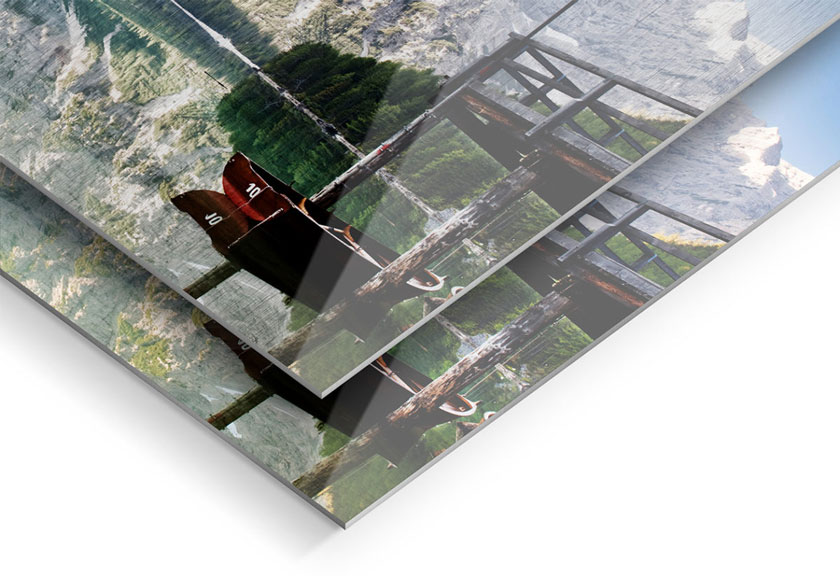 What color spaces
What color spacesWhich printing process is best to use?
At WhiteWall, all printing processes are designed to deliver the best quality results. The company always uses high-end inkjet printers or coil-head laser exposure systems. For example, prints on Fuji Crystal DP II are traditionally developed, delivering extremely vibrant colors that last at least 75 years, making it a great choice for the most colorful photos of friend.
The company uses this photo paper for its high-end product, the original photo print under the acrylic glass, creating a deep impression. Regardless of whether they are printed on Hahnemühle paper or one of the other high-end papers, fine-art prints are done using the 6-color UltraChrome K3 pigment printing process, in which the ink is dried 6 times by UV light. This ensures a really good color shift, lasts for 100 years, and is resistant to external influences.
What types of paper are most commonly used for?
WhiteWall offers a wide selection of photo papers to suit the needs of different photographers and photographers. Our standard paper for photo printing is the Fuji Crystal DP II, an extremely versatile paper that truly brings the most varied images to life. The company uses it to create its premium products, photos printed under acrylic glass, and photos printed under special plastic.
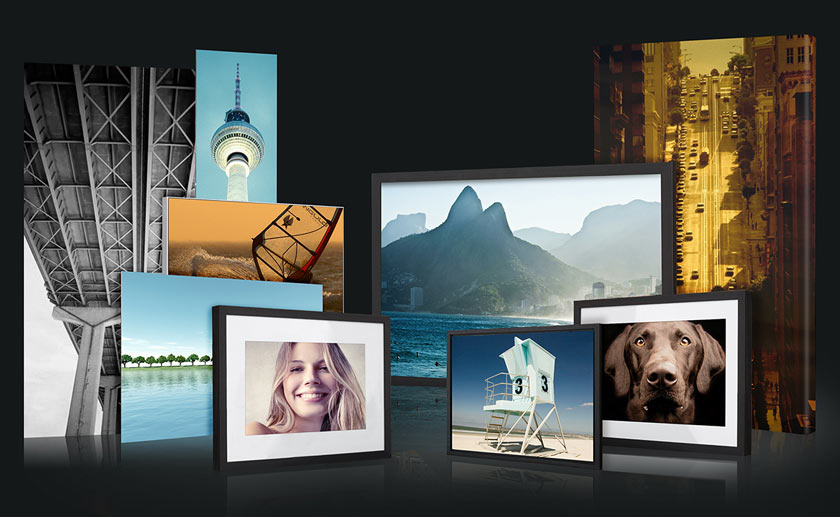 types of paper are most commonly used for
types of paper are most commonly used forHow do I choose to print with the right budget?
For professionals, color management plays an important role in ensuring that prints appear exactly as they are on screen. For this reason, WhiteWall provides downloadable ICC profiles so that the screen can be calibrated for respective products.
What is the difference between a screen configuration and a paper profile for printing?
Each screen displays certain color information in its own way. A given red tone can look a little like yellow or green, brighter or darker on different monitors. What your monitor displays is, essentially, its own interpretation of an image. Monitor profiles are used to avoid differences in color and brightness adjustments as standard. This way, any screen will display certain colors.
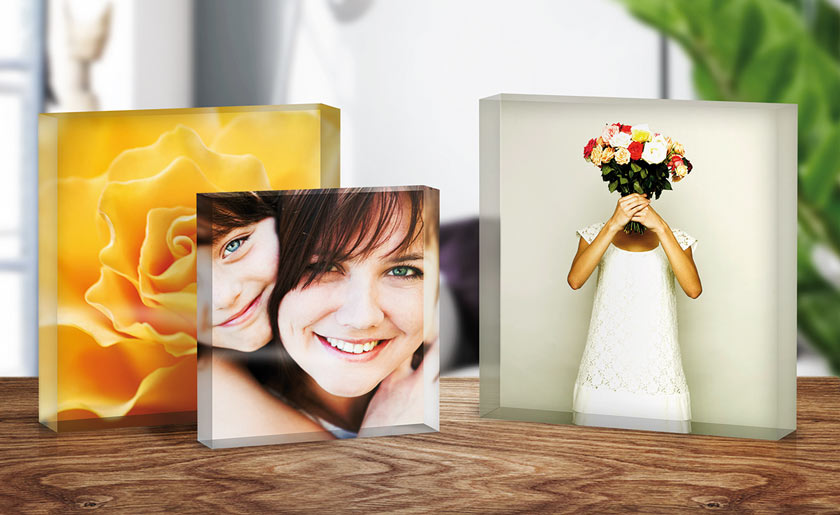 choose the right paper configuration
choose the right paper configurationThis is done through software combined with a measurement tool that analyzes how the display "interprets" colors. It is called color calibration and is required to use a paper configuration. A paper profile is a simulation of how certain types of paper will affect the color in the printing process. For example, papers that are not bright white, but have a “natural white” result in prints that are slightly more yellow.
Are there specific steps for creating a black and white print from a digital image?
Black-and-white conversion is a special kind of image editing. There are many ways to do that, and countless options will result in different interfaces. Therefore, a "simple" conversion to black and white may not result in the best print quality, whatever paper you can choose.
You will also want to choose the right printing type for your images. WhiteWall offers two different types of prints:
Photo Printing (Development of photo chemicals): We offer special papers for pure black and white photos, such as LightJet print on Ilford B / W Paper and LightJet print on baryta paper. These types of paper will provide the best black and white print quality.
+ "Print" (inkjet print): Printers and paper are used to meet library standards for both color and black and white prints. If you choose inkjet printing, you can easily arrange your color and black and white images on the same paper.
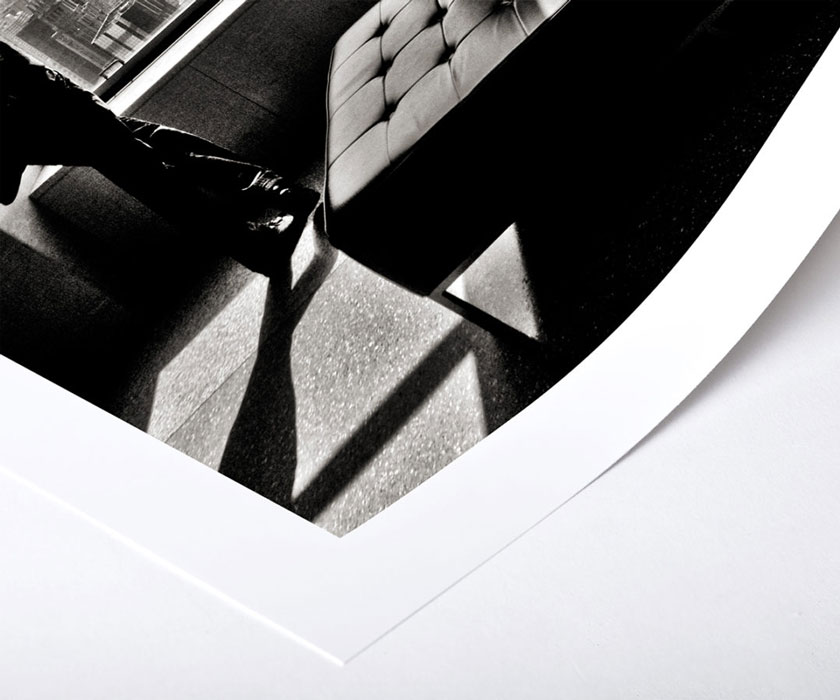 black and white image
black and white imageDoes the operator need to follow any standard procedure for printing?
No special process is needed to print on WhiteWall.com. All you really need to do is choose the options you want. Of course, with so many options to choose from, that can be a challenge. However, the company also has some recommendations.
High-precision images should be printed on a neutral white substrate as possible. Such as Hahnemühle Fine Art Pearl paper, Fuji Crystal DP II photo paper for color photographs, or Ilford B / W paper for black and white images.
Canvas prints or photos mounted on aluminum or under acrylic glass can really serve a lot of purposes. With the direct print on an aluminum background, the white parts of the image have a faint shimmer, which is great for photographers looking for something special, a little bit different from just a regular print.
Images in low precision really shine against a substrate creating deep blacks with great detail. For example, Hahnemühle Fine Art Premium K3 Epson, Light printed on barista paper and glossy photo paper are ideal. Other great options include an HD Metal Print or an original photo print under special acrylic glass or plastic.
Which printing process is best for large-scale prints?
When a photo is uploaded to WhiteWall.com, the system will display the maximum size it can be reproduced. If the resolution is too small for a certain size, the customer will see that immediately. That way, the company automatically avoids turbulent and natural print patterns. WhiteWall also calculates the optimal viewing distance from which printed patterns can be perceived near or far away.
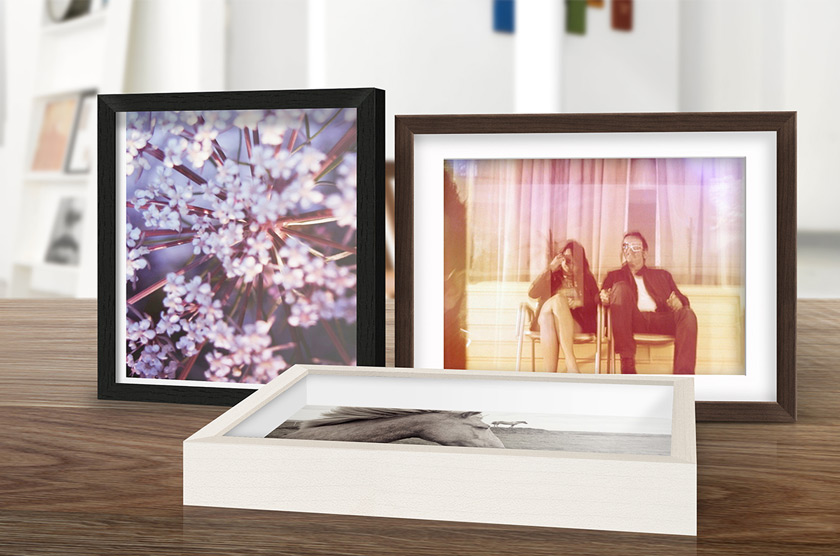 High quality digital photo
High quality digital photoRecommended maintenance ways for prints?
With each order, White Wall always attaches a flyer with instructions on how to take care of the painting. The printer recommends cleaning images only with a soft, dry, lint-free cloth. Glass cleaning solutions should be avoided in photos mounted on aluminum or under acrylic glass and it is important not to exert too much force on the surface. In general, it is important to note that the mounted photo should not be hung on a heater or in direct sunlight.
Above are the sharing about how to optimize the artwork printed on the wall to ensure the highest aesthetics. If you still have any concerns about this issue, please contact SaDesign Retouching for the fastest support and answers.
See more 19 tips to improve editing skills in Photoshop